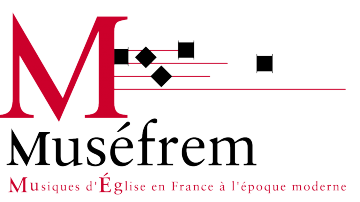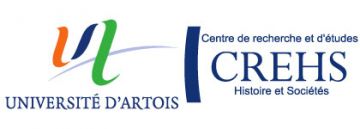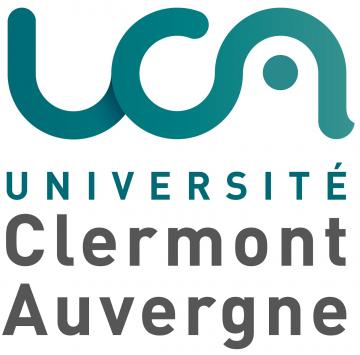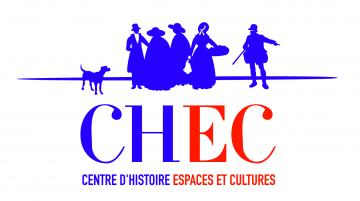This year the university of Artois, in association with the CMBV, is hosting a Muséfrem Study Day. The event is open to the public and will focus on chapter house music and how it circulated.
In 1771-1772, Henri Hardouin, music master at Reims cathedral, proposed his Masses to enrich church repertoire. His offer was rejected by Autun cathedral but met with great success at Metz. In 1786, Guignet, music master at Meaux cathedral, sold six Masses to Besançon chapter house, whereas the more modest collegiate church at Aire-sur-la-Lys, purchased around two dozen works.
Sheet music (usually printed) was to be found in many churches. Chapter houses acquired collections, supplemented by copies or donations from local and other musicians. Music master employment contracts almost invariably required a supply of compositions, even stipulating “the provision of new Masses, Vesper psalms, hymns, Magnificats and Corpus Christi motets.”
Little is known of these (sometimes voluminous) collections of music. They tend to be neglected by research as so few scores have been preserved. This Study Day hopes to offer a better understanding of chapter house repertoires and how they evolved, gleaned from a range of sources – primarily chapter house records and surviving sheet music, but also relevant correspondence, catalogues, inventories, gazette announcements and editorials. This approach positions itself at the crossroads of musicology and history.

























